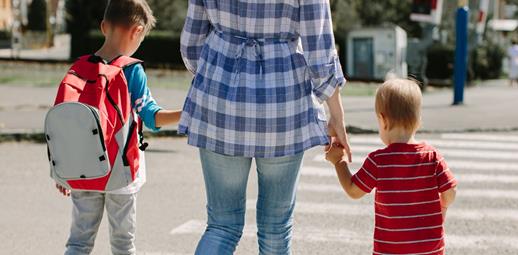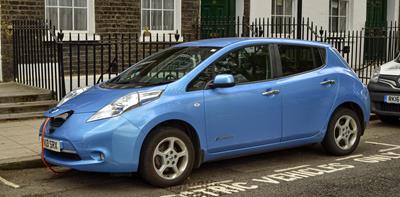
Parents are keenly aware of the need to teach their children about the dangers of the roads.
But it’s not always easy to engage young, easily distracted kids about issues like safety. So, we asked some motoring experts for their tips, to help parents out on their quest to keep their children safe from harm.
You can’t start too young
Steve Horton from Road Safety GB says that from a very early age children learn how to behave around roads by observing adults. So, they are never too young to be educated on how to be safe.
Steve says: “From as young as possible, always talk to your children about the thought processes you use to make your decisions at the roadside: safer crossing places, where traffic comes from, why you wear a seat belt, etc.”
Mohammed Patel, director at Kiddies Kingdom, adds: “Ask them questions about when cars are safe and when they can be dangerous to get them thinking of all scenarios.”
Setting a good example
You should, of course, lead by example.
Steve says this starts with ensuring you stop at the kerb when crossing, even if you’re already certain that the road is clear.
“It’s always best to stop, look and listen. Always wait for the green man, and check traffic has stopped before crossing,” he says.
He adds that you should look right first and last, as that’s where traffic usually comes from. “Not left then right, as that’s marching,” he says.
Start somewhere quiet
When you first learn to drive, you tend to start on quiet roads to learn the basics. Dan Collins, chief executive officer at Car Bibles, says that the same logic should be applied when teaching children road safety. “Go to a quiet road where you can explain the basics of what to watch out for and the fundamentals of crossing roads,” he suggests.
Lessons continue in the car
Road safety lessons shouldn’t just take place on the kerbside, but in the car too, Steve says.
He explains: “The way you drive and act towards others will impact on what your children think is acceptable. Leave a good separation gap between you and the vehicle in front.”
Don’t lose your temper
Whether you’re out driving or simply crossing the road, there will be times when other road users’ behaviour makes you cross.
However, Steve suggests it’s important not to let this anger show when you’re with young children.
He says: “Try not to get frustrated and rant at other road users. This could show it’s acceptable to blame others and to display anger or rage.”
Adapt to how traffic is changing
It’s also important for parents to recognise that UK roads and road users have changed significantly in recent years.
For example, Mat Watson, motoring expert at CarWow, points out that there are now many electric and hybrid vehicles on the roads. These are quieter than other cars, so it’s important your child understands not to rely on their hearing to know whether a vehicle is approaching.
Mat says: “As the amount of electric cars on the road increases, it's also important to teach children to recognise the sounds beyond the roar of the engine, as electric cars will be fitted with the enhanced safety feature of emitting a low speed noise, but this will likely have some variation."
It shouldn’t be boring
One good resource to help you make learning about road safety fun for your child is BrakeZebras, which was set up by the road safety charity Brake. It has fun activities for children to learn about road safety, from colouring in to baking road safety cupcakes or traffic light biscuits.
Brake also suggests singing road safety songs with children, including making up new verses for ‘Wheels on the Bus’.
Keep it snappy
Finally, it’s worth trying to keep any lessons about road safety as short as possible.
As Dan notes: “Nobody, no matter what their age, likes to be lectured. Keep your advice and lessons short and sweet. Children are far more likely to pay attention if what they are listening to is short and to the point.”
